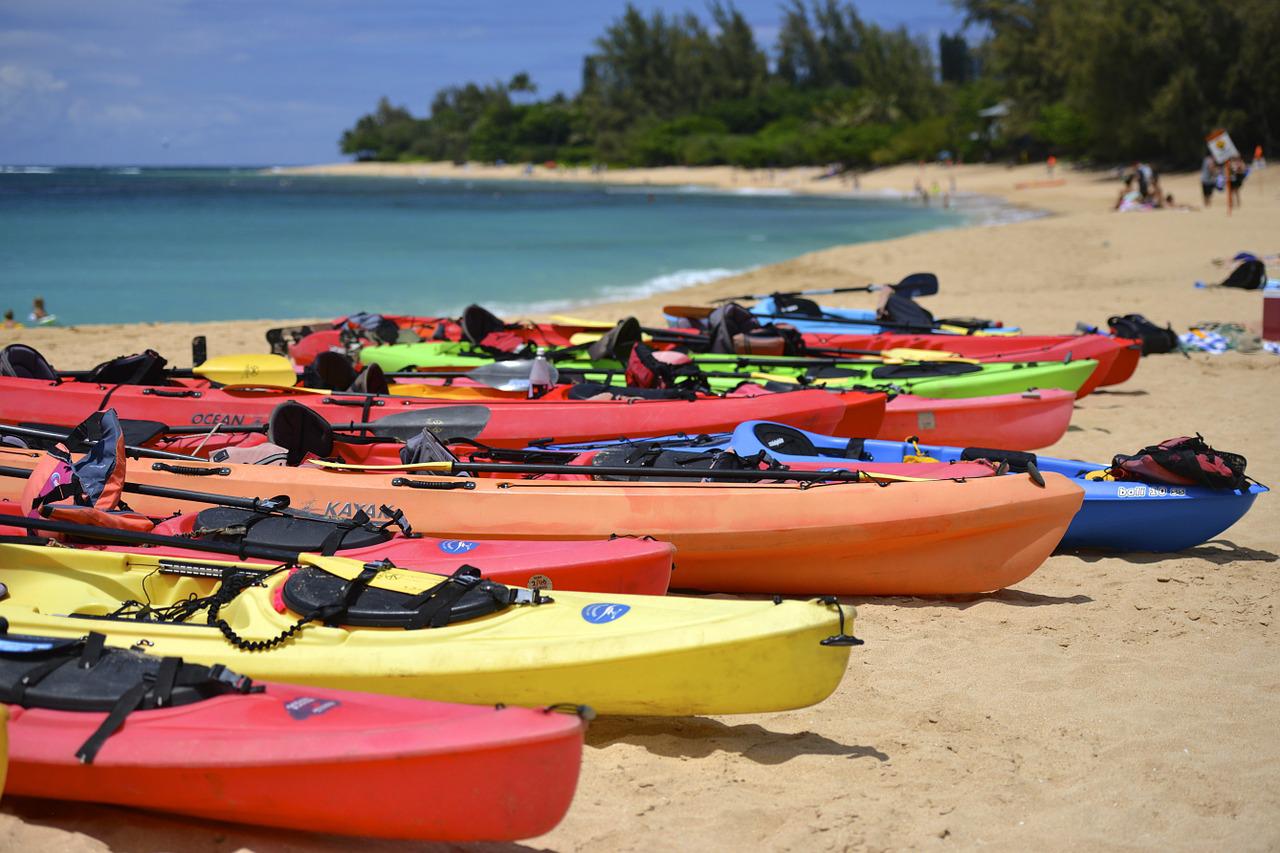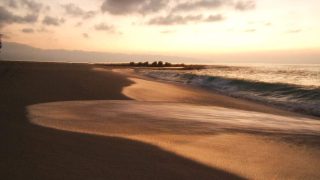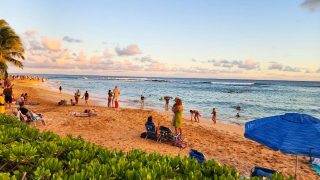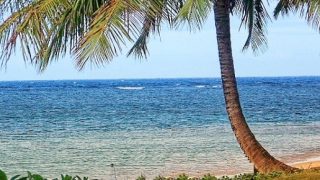

Recently, a 33 year old Japanese visitor drowned in the Wailua River, while kayaking with a tour group on Kauai. On the same day, the Fire Department also rescued two more visitors on the Wailua River (not with the tour group), and another visitor at nearby Wailua Beach, after being swept out to sea.
What’s to blame:
Inclement weather resulting in rough ocean conditions and a false sense of safety afforded by a tour group. More often than not, it’s visitors who are injured or lose their lives in Hawaii ocean (and river) accidents. Lack of familiarity with the island water conditions is a significant component.
What can you do to protect yourself?
1. Read the ocean safety brochure in your hotel room on arrival.
2. Swim where there is a lifeguard.
3. Pay attention to warning signs on the beach. If you have questions, talk to a lifeguard before entering the water.
4. Check the Hawaii Beach Safety website daily for updates on ocean conditions.
5. Be careful on wet sand and rocks where waves can surprise you unexpectedly. I took the top photo at Lumahai Beach on Kauai to show what might happen.
There are almost always safe places to be in the water in Hawaii, even in rough winter weather. Just follow the tips above.
Get Breaking Hawaii Travel News






Rob, much mahalo for posting about how to stay save in Hawaiian waters.
One big ocean safety issue, mostly unknown to Hawaii visitors, are the undercurrents and riptides. Most beaches have those show up at the same places. Not knowing about them can be deadly.
I learned from our lifeguards here on Mauna Kea Beach how to spot them. Step a little back from the ocean, even to higher grounds, then you can easily see a sandy trail from shore out into the ocean.
Next thing Mauna Kea Beach lifeguards taught me and naturally, all beach visitors, don’t fight this strong pull but allow the current pulling you out, as the current will lose strength. Easier said than done as your survival instinct kicks in and most everybody will do the opposite.
Best advice for our Hawaii Visitors: Stay out of the water when riptides and strong undercurrents occur. The red flag on the beach will indicate danger for swimming.
Stay save in Hawaii. Aloha, Pua
Best Hawaii Vacation Blog